Your brain doesn’t run at a fixed speed. Instead, it toggles among different modes sometimes calm and steady, sometimes buzzing with thoughts, and occasionally hitting a “sweet spot” where everything flows. Scientists call that ideal mode neural criticality: a dynamic balance between order and chaos, where adaptability, clarity, and efficiency mesh together.
Neural criticality isn’t static it exists along a spectrum that includes subcritical (slow, stable) and supercritical (fast, highly variable) modes. The real skill in cognitive performance lies not in staying in one mode, but in cycling skillfully between them spending meaningful time in criticality when needed, while also leveraging subcritical repose and occasional supercritical bursts.
The Brain’s Three Modes Explained
|
Mode |
Character |
Function / Benefits |
Risks if Overused |
|
Subcritical |
Calm, stable, low variance |
Memory consolidation, recovery, precise tasks |
Too much rigidity, slow reaction |
|
Critical |
Balanced variability |
Peak adaptability, problem-solving, creativity |
Needs self-regulation, can drift if perturbed |
|
Supercritical |
High energy, chaotic |
Rapid ideation, breakthrough thinking |
Fatigue, overwhelm, mental noise |
Subcritical is like your brain’s rest gear preserving resources, consolidating learning, and maintaining order. Critical is the operational sweet spot where neural signals are structured yet flexible, enabling efficient cross-region communication, quick adaptation, and innovation. Supercritical is a high-octane burst mode useful in short stints for brainstorming or creative leaps but dangerous to sustain.
The transitions aren’t optional; they’re essential. A brain that never rests (subcritical) or never stabilises (stuck in supercritical) gradually loses effectiveness. The goal: navigate the spectrum fluidly.
Why Criticality Matters The Science
-
Computational efficiency & flexibility: Networks at criticality maximize information capacity, responsiveness, and dynamic range. (Zimmern, 2020)
-
Learning and memory: Neuronal networks operating near critical states better encode new stimuli and adapt. (de Arcangelis et al., 2010)
-
Inter-individual differences: Recent imaging evidence suggests that individuals’ synchronization and long-range temporal correlations align with their proximity to the critical regime (i.e., the “Griffiths phase”).
-
Self-organised criticality: The brain appears able to tune itself toward criticality via regulation of excitation/inhibition balance and connectivity adjustments, even amidst noise or change. (Hesse & Gross, 2014)
-
Quasi-critical / constrained states: In real life, brains may fluctuate in a quasicritical or extended critical regime rather than at a perfect mathematical critical point. (Helias, 2021)
Thus, criticality isn’t a fixed target but a zone to approximate, supported by internal regulation and external habits.
When Supercriticality Helps And When It Hurts
Short terraces of supercritical energy can crack mental blocks. In those moments, chaotic neural dynamics allow you to jump out of entrenched patterns and discover new solutions. Think of freestyle brainstorming, intense shifts in perspective, or tackling entirely new problems.
But overstaying in this mode leads to neural fatigue, mental noise, and loss of coherence. It’s the difference between a creative sprint and burnout. The trick: use supercritical mode sparingly and retreat to critical or subcritical states for integration and consolidation.
The Beauty of Subcritical Calm
Think of subcritical as your brain’s soft rest mode. It’s not the zero state there’s still activity, but restrained.
In subcritical:
-
Pattern activity quiets, giving coherence and clarity to neural circuits
-
Energy is conserved, allowing memory replay and strengthening
-
The system avoids overheating or runaway excitation
Over time, subcritical periods help stabilise your core state and protect you from overload.
Cycling Through the States A Practical View
Brains move through these states in response to internal and external demands. A simplified proportion might be:
-
Subcritical: 50–70% of time (especially during sleep, rest, routine)
-
Critical: 20–35% of time (focused work, learning, adaptation)
-
Supercritical: 5–10% of time (innovation, novelty, breakthroughs)
But these numbers are fluid. During stress, for example, your brain might shift toward supercriticality unless you intervene with recovery practices.
How to Guide Your Brain Toward Its Sweet Spot
Here are strategies to help the brain access criticality more often and recover gracefully:
-
Challenge & novelty
Engage in novel tasks, puzzles, or learning new skills. This keeps neural circuits flexible and nudges the system toward critical balance. -
Aerobic movement
Exercise promotes circulation and supports synaptic plasticity helping the brain maintain adaptability. -
Prioritise rest & sleepSleep is essential for rebalancing excitation and inhibition and letting your brain move back toward criticality.
-
Stress regulation
Mindfulness, breathwork, and yoga help prevent runaway supercritical states by stabilising the nervous system. -
Social and meaningful engagement
Stimulating conversations or deep connection help synchronise brain networks and maintain healthy variability. -
Support neural entrainmentRhythmic external stimuli (light flickers, sound pulses) can help guide the brain’s oscillations. The concept of brainwave entrainment the brain syncing with external periodic signals aligns with the idea of nudging toward better states
By combining these habits, you increase your likelihood of inhabiting critical modes and shifting fluidly when needed.
FAQs
What exactly is neural criticality?
It’s the regime where the brain balances order and chaos enabling optimal information flow, flexibility, and responsiveness.
Can the brain stay in critical mode all day?
Nosustaining perfect criticality is metabolically costly. The brain needs subcritical rest periods to stabilise and reset.
Q3: How do I know if my brain is "too supercritical"?
You may feel scattered, overexcited, anxious, or find it hard to settle. That signals a need to shift down.
Can technology help push me to criticality?
Some tools (like rhythmic brain stimulation or neurofeedback) aim to guide oscillatory dynamics. Use them cautiously and in support of your natural state.
What’s the role of sleep in criticality?
Sleep acts as a retuner. Many studies suggest neural criticality signatures strengthen after restful sleep.
Conclusion
Peak mental performance isn’t about staying in overdrive or meditative calm it’s about mastering the rhythm among subcritical rest, critical balance, and supercritical bursts. The critical “sweet spot” is where your brain operates with the greatest efficiency, combining flexibility and structure. Use supercritical modes judiciously for creative explosion, and lean on subcritical periods for rest and integration. Over time, the more you support this cycling through rest, challenge, movement, and stress regulation — the more your brain locks into optimal performance.
When you ride the cycle intentionally, you tap into a sustainable interplay of clarity, adaptability, and energy day in, day out.



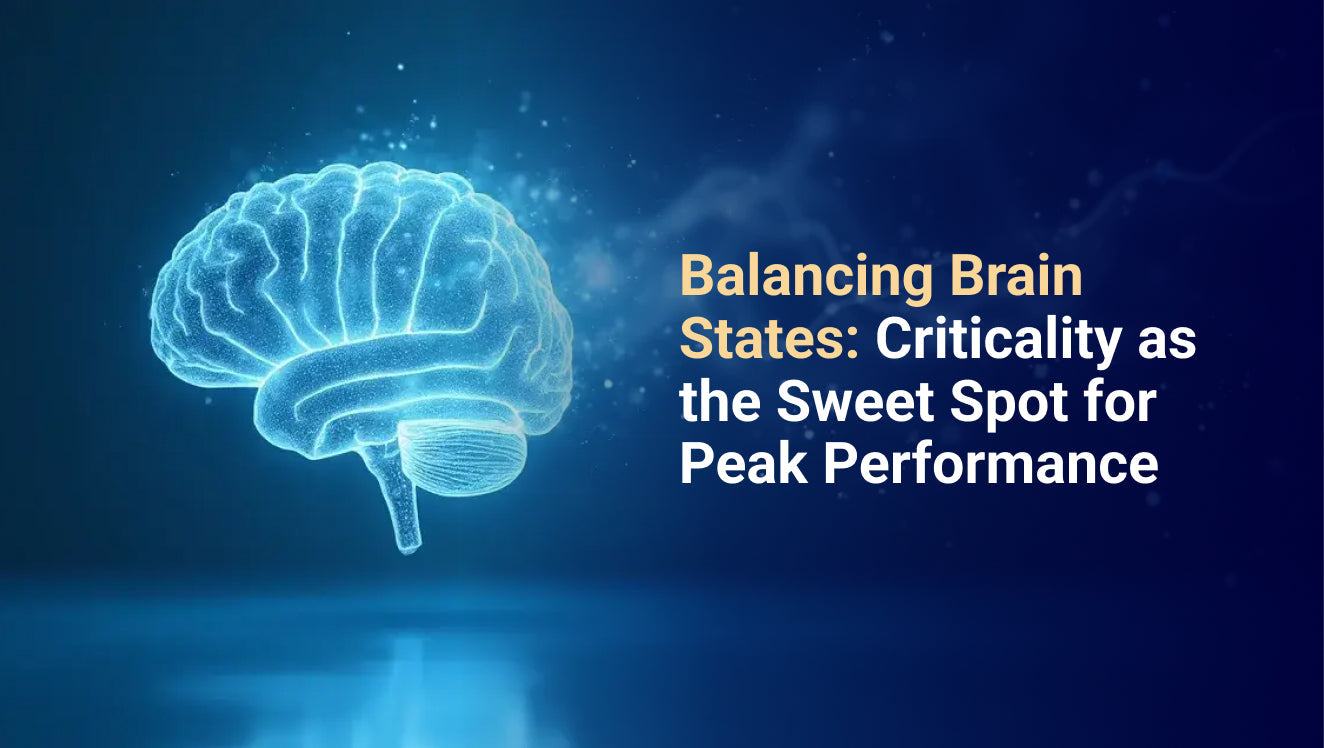




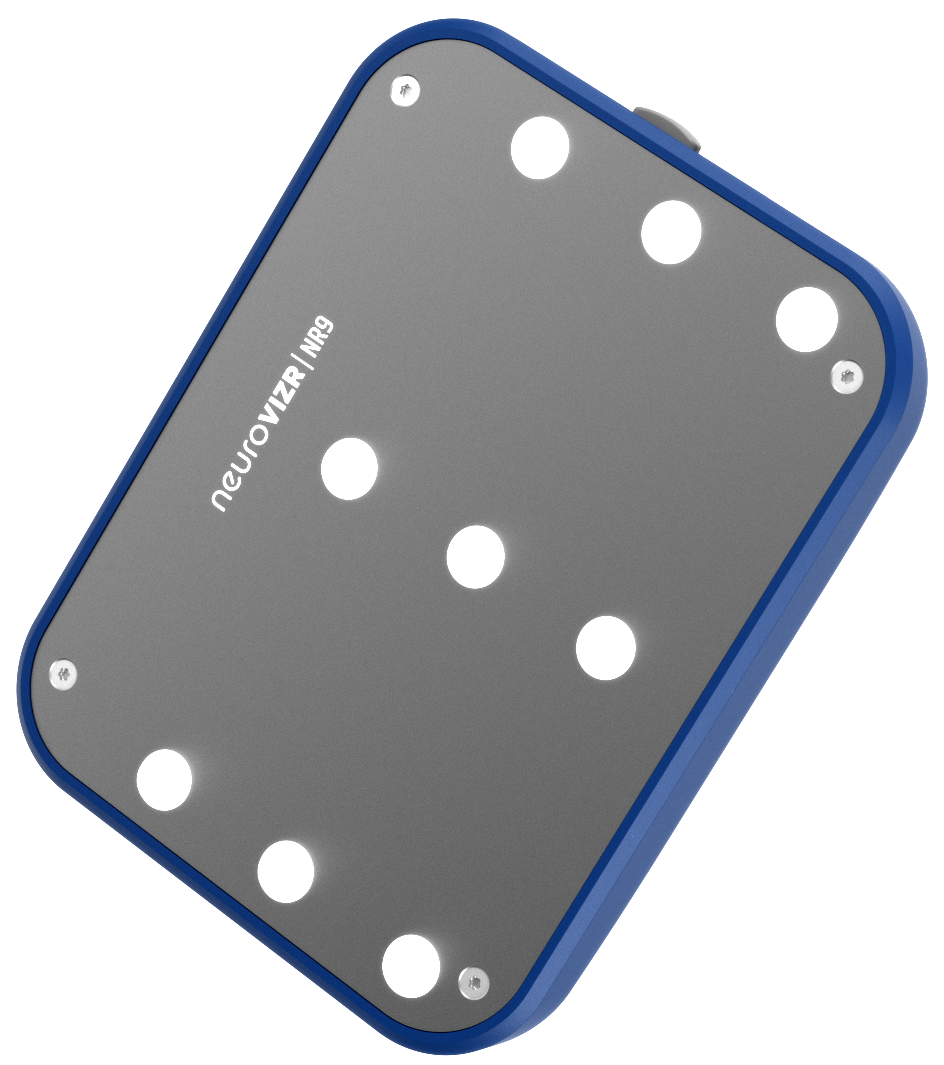
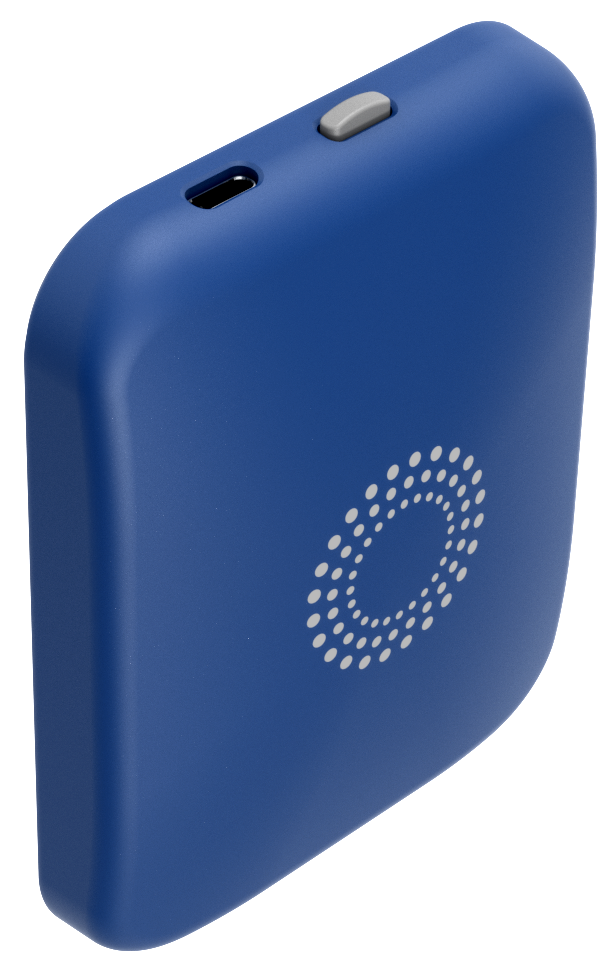
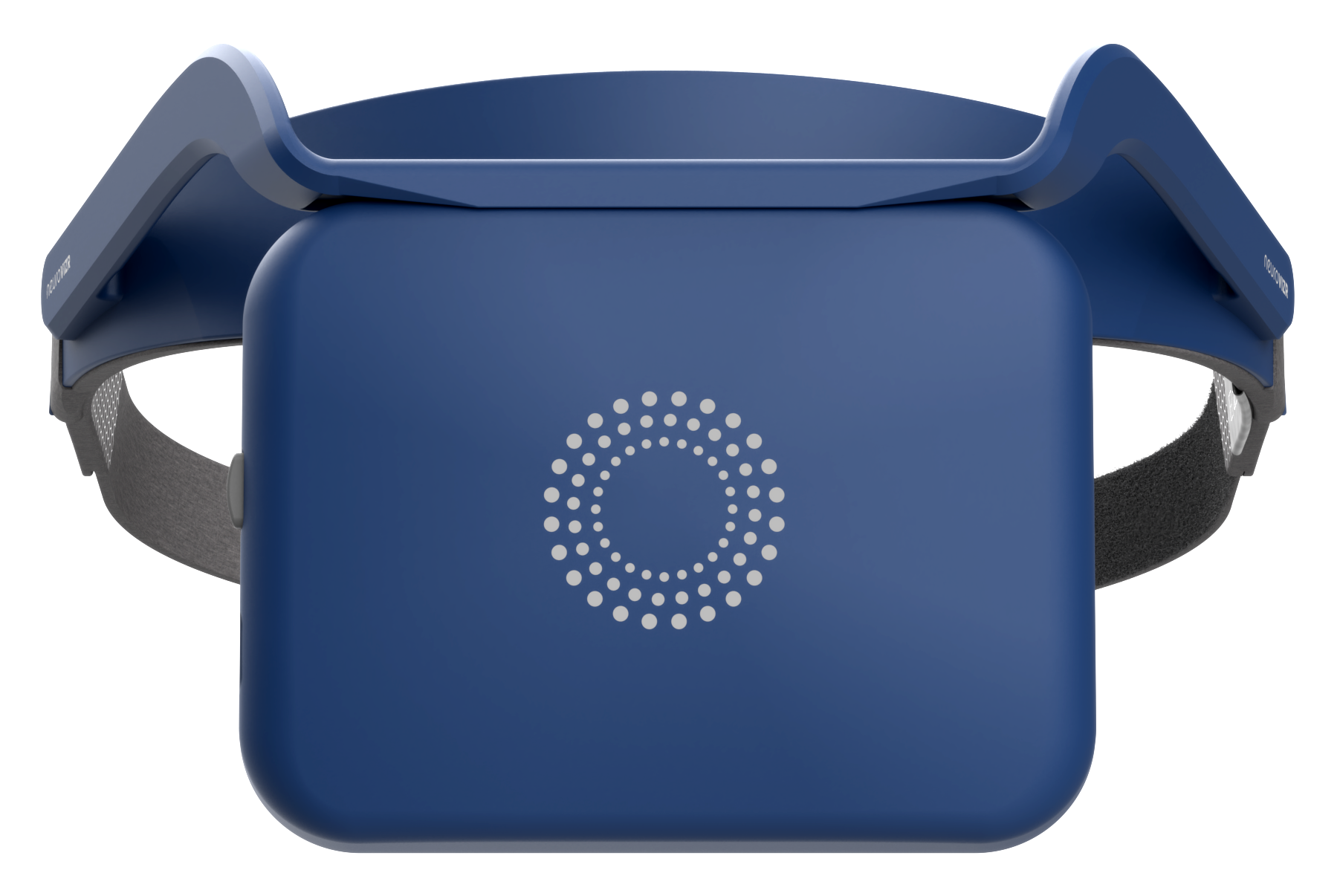
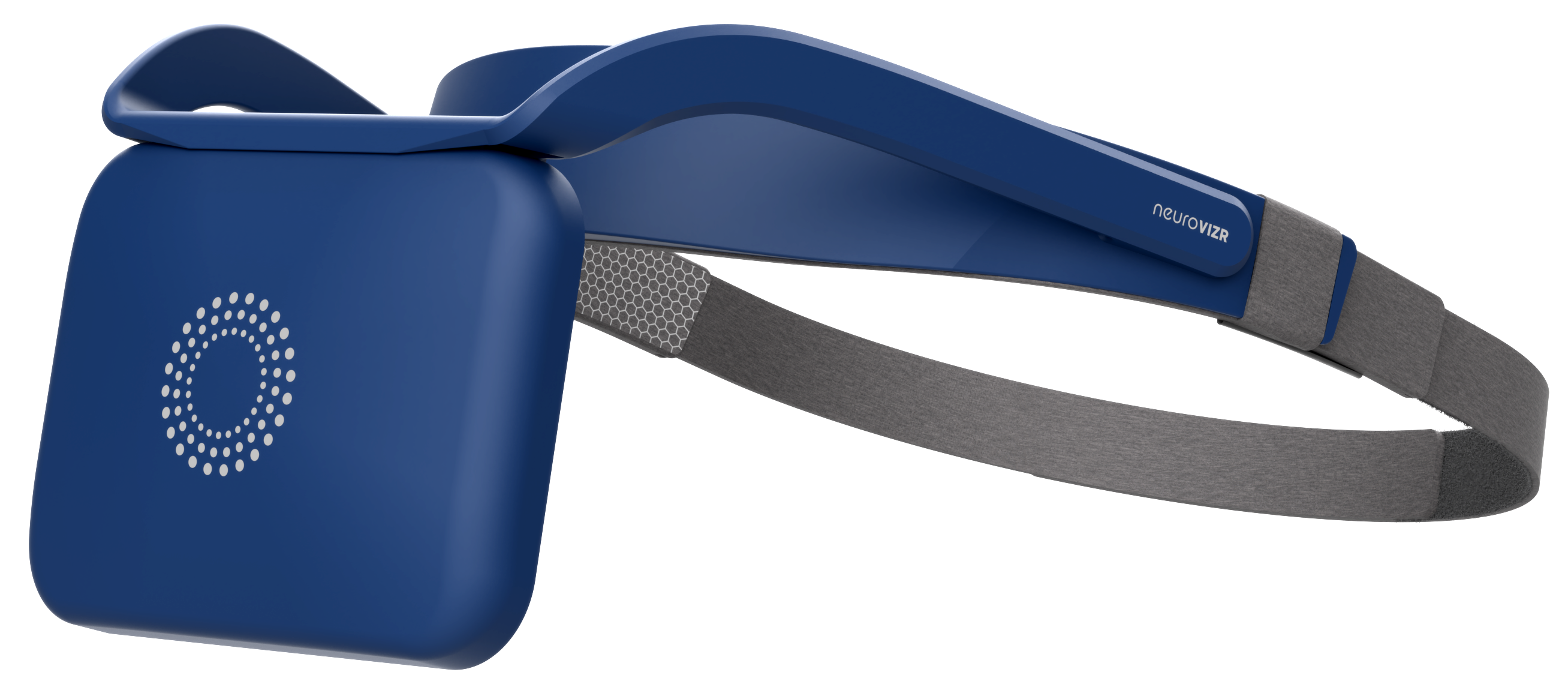

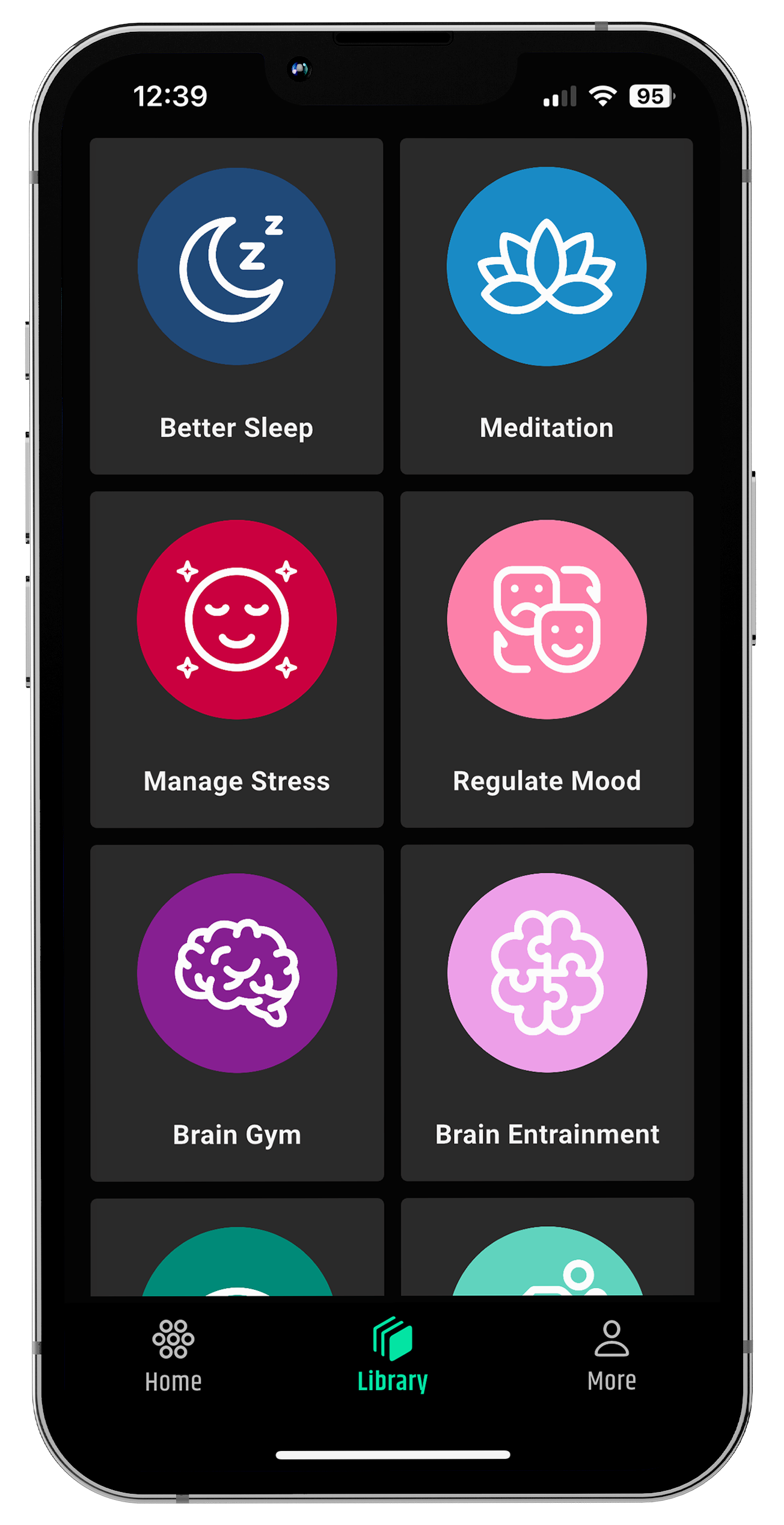
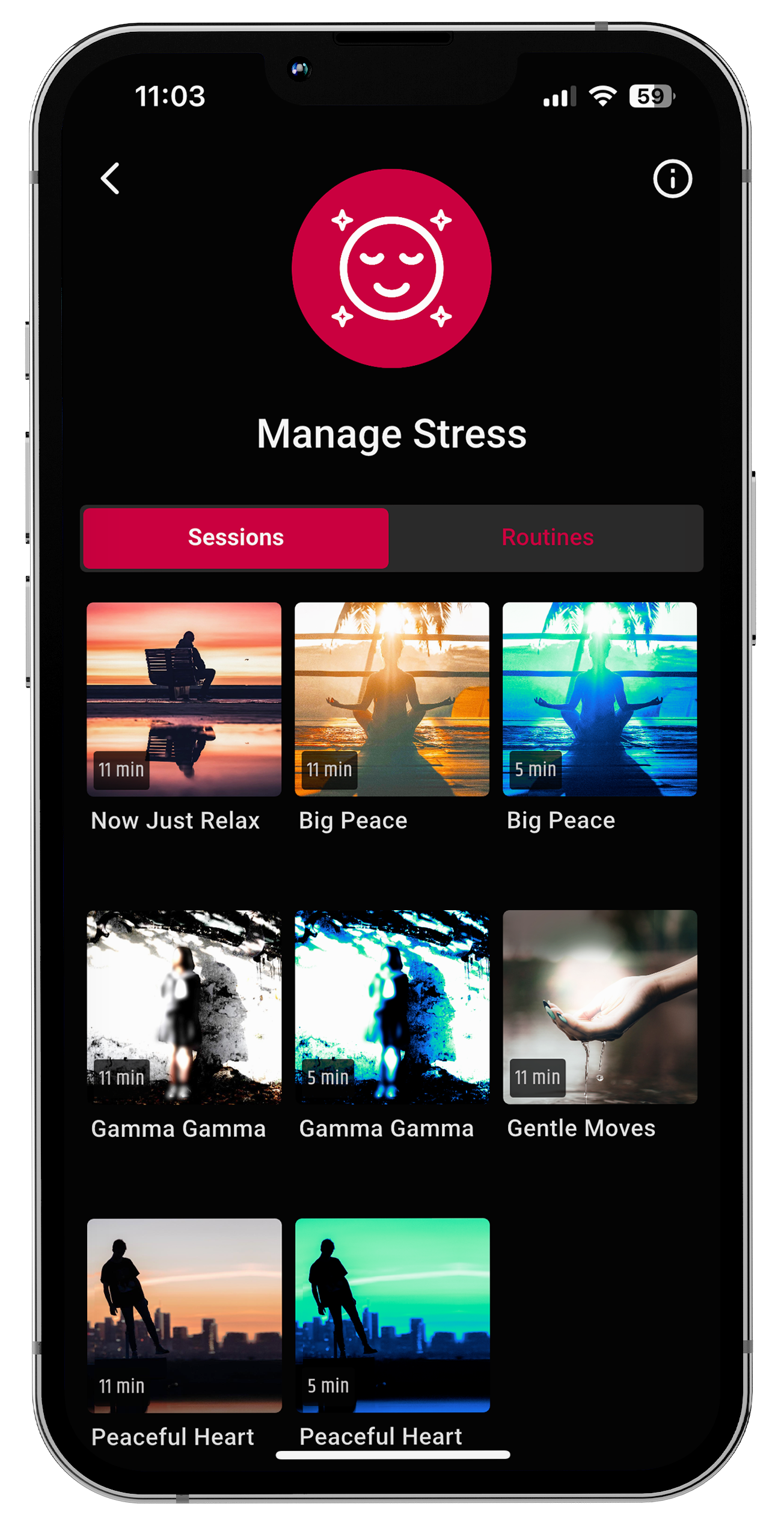
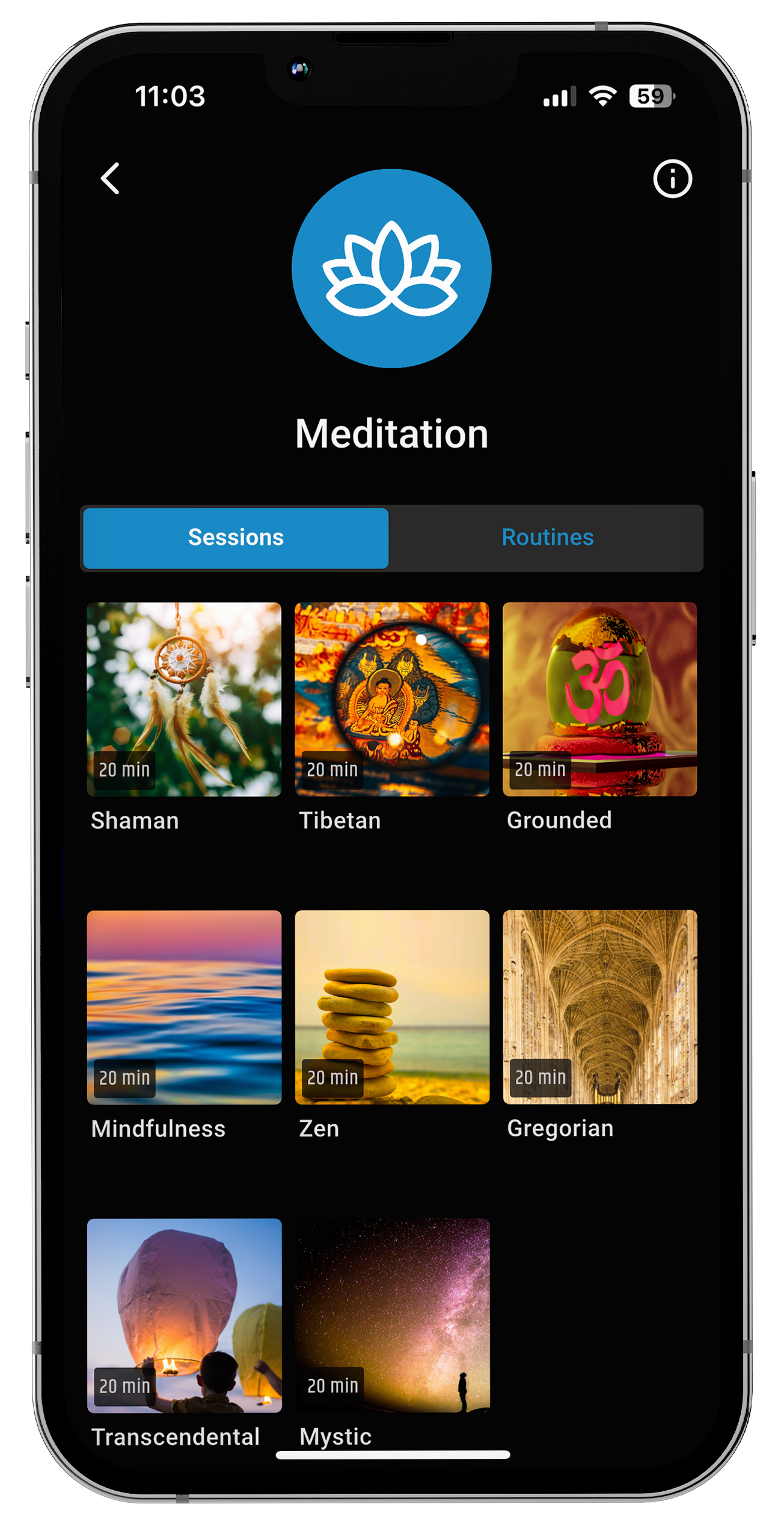
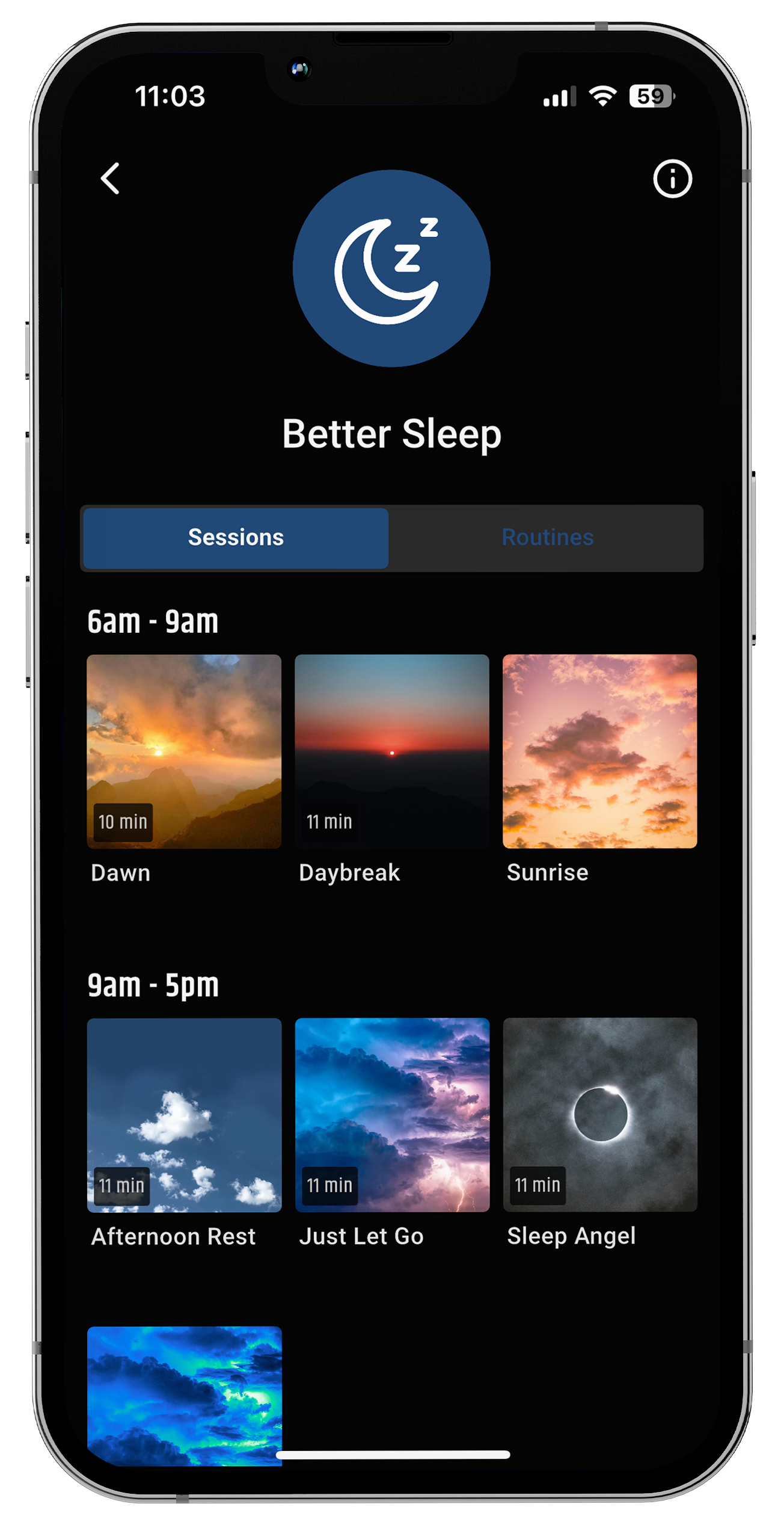
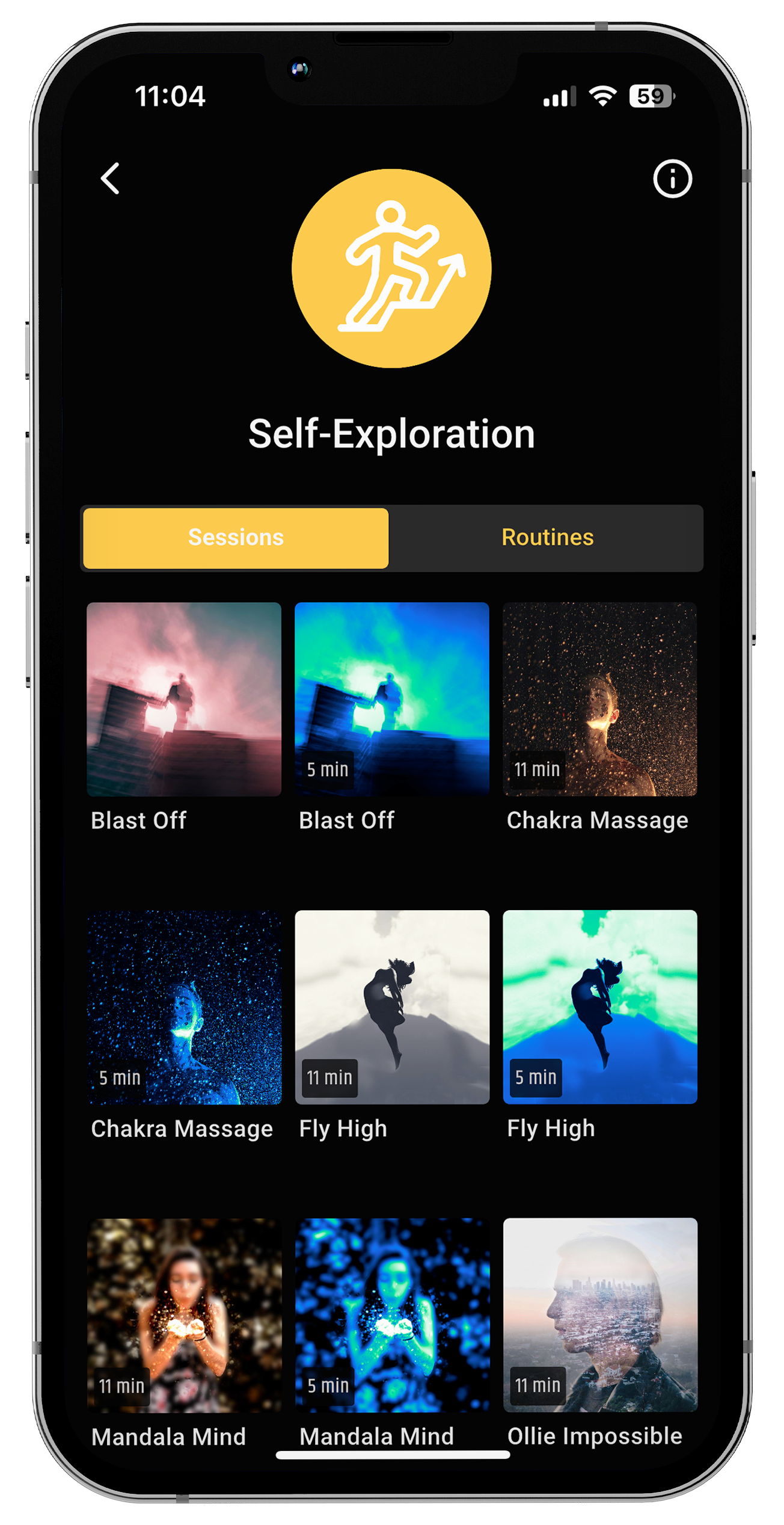








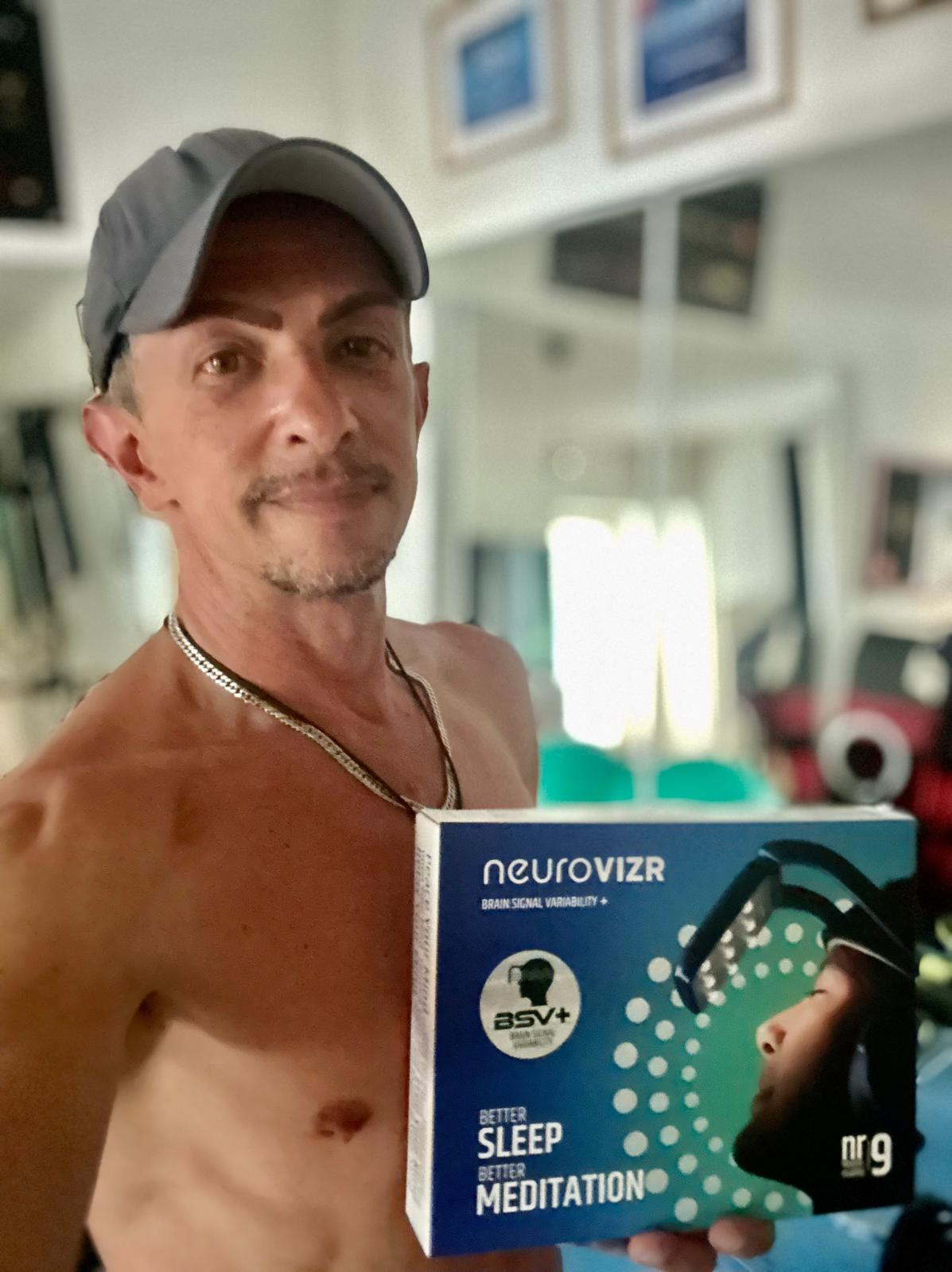
Partager:
The Hypnagogic State: How Brain Waves Spark Creativity Before Sleep
7 Tiny Mindfulness Hacks for Remote Professionals